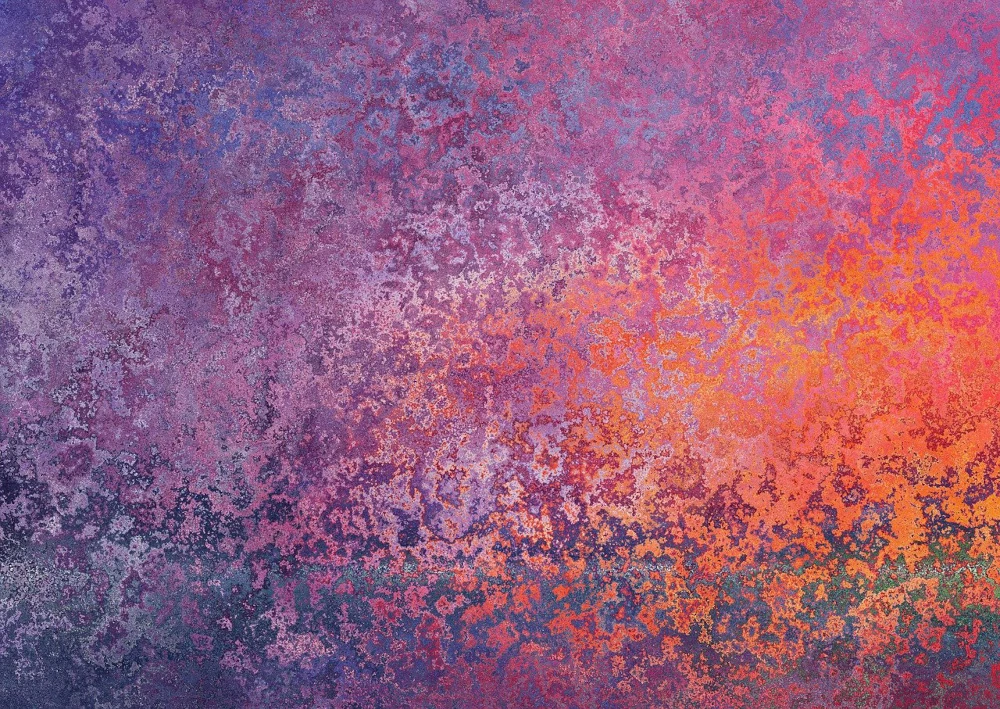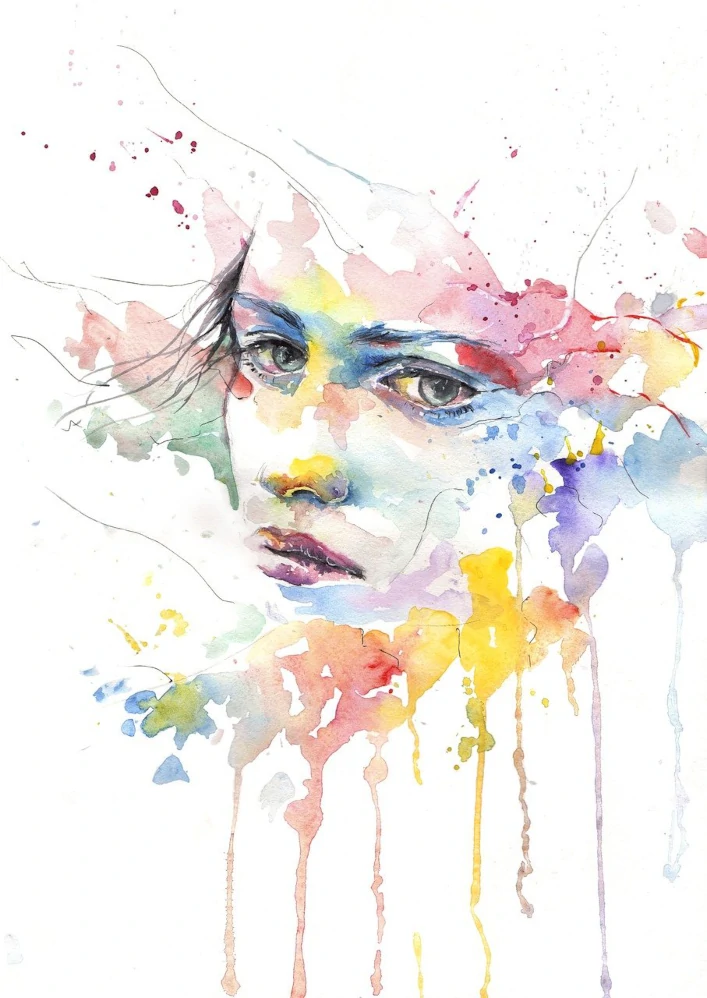
Six Exercises for Writing Towards Weirdness
Words By Montanna Harling, Art By Mohammed Hassan
Getting stuck as you’re writing your speculative fiction story? It’s happened to all of us at some point—a story feels unoriginal, struck by a rash of clichés, and its otherworldly narrative elements give off a whiff of staleness. Here, I present six writing exercises that can help revive your speculative writing impulse.
Carmen Maria Machado—bestselling speculative fiction author—said in an interview that her approach to writing comes in the form of “liminal fantasy, where you have a recognizable world, a recognizable situation, and then there are these holes punctured in reality.” Drawing inspiration from Machado’s inventive approach to storytelling, I encourage you to let yourself find the holes in reality that only you can see. Fixate on small details; dive deep into weirdness, exaggerate it, and get lost in it. To practice this, consider the following freewriting prompts:
Prompt #1: Texture
Take a photo of a textured wall or surface, then zoom in as much as you can without the image becoming blurry. Study the texture, the shadows of it, the peaks and troughs of the material. Let your mind sit with the image—what is this now? Is it a fantasy world, a map of a kingdom? Is it a biome, with strange plant growth? Is it a sinister but important building? Is it the body of some living thing? Write down whatever comes to you, then repeat this exercise with the following objects: a body of water, part of a plant, and asphalt.
Prompt #2: Sound
Have somebody make a noise or play a clip of some repetitive sound, without knowing what exactly it is. Close your eyes and listen for a few minutes. Don’t worry too much about what the sound might be in real life but think about what it is in the speculative world you’re building and describe it. Describe the shape of the sound and how it makes you feel and what role you imagine it playing in your story.
Prompt #3: Perspective
Lie down somewhere and look at your surroundings sideways. What does this vantage point offer you? Let the familiar furnishings and/or landmarks surrounding you grow fuzzy as you focus in on them from a new angle. Let your world become new—what does the underside of a bed become, for example, now that you are viewing it from a new perspective? What does a doorway become when it is tilted on its axis? How can you use these new objects or landscapes in your writing?
Prompt #4: Emotion
Think of the most recent intense emotion you’ve felt. It can be good or bad (or anything in-between those two extremes), as long as it’s vivid. Free write about the emotion, disregarding the situation that led up to it. Think about how you can describe the emotion in unexpected ways—are there any startling metaphors you could use to describe it? How would someone normally describe an emotion like this one, and how can you invert that; how can you change the way we conceptualize emotion?
For example, feeling anger is stereotypically described as seeing the color red—but what if instead of seeing red, anger manifests in the suctioning black circle of a vacuum’s nozzle, pulling everything into it, livid with obliteration and consumption? Aim to shock your reader with your descriptions of your chosen emotion while still remaining true to its feeling and intensity.
Prompt #5: Memory
Choose a memory in which there is another person or living being. Then, rewrite the memory from the perspective of that other person or creature. How do they see that version of you? How do they see the world in their memory? How do they see the action or conflict of the memory playing out? What do they notice about their world that perhaps you did not? What do they feel? Pay attention to how this shift in point of view warps the memory and your understanding of what is “true” to a memory.
Prompt #6: Lighting
Shut yourself away into a room where there is no light—shut the door, close the blinds, and turn off the lamps. Then, using a flashlight, create a focused circle of light on a random section of the room. Write your description of this lighted clip of your world, either on paper or by dictating the words to a voice recording application if it’s too dark to write by hand. Ignore your knowledge of what the room looks like when fully lit and focus solely on the lighted section. Let it become the sole focus, the sole world, of your writing. Think about what you see in this piece of the room, and how they become the defining characteristics of your new world. For example, if you can see the corner of a chair in your lit-up circle, what does this corner become in the world you’re writing? If it is no longer a piece of a chair, what is it? Repeat this exercise with two other random selections from the room.
Feel free to return to these prompts as many times as you’d like as you write, or to re-invent them on your own with new concepts! As always, don’t be afraid to let your writing become wonderfully strange. If this exercise leads you to finish some writing projects, think about submitting them to F(r)iction to be considered for publication. Happy writing!





